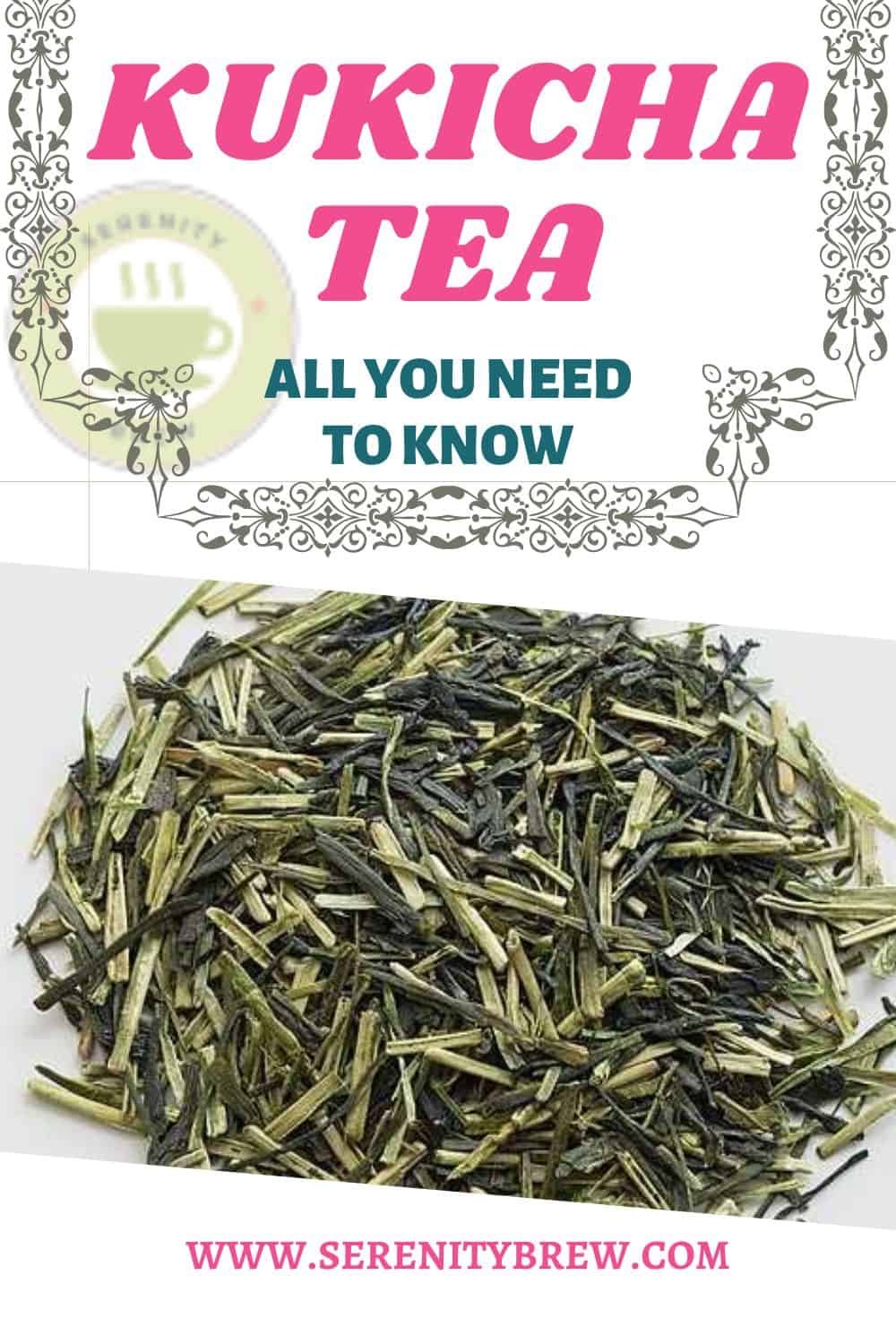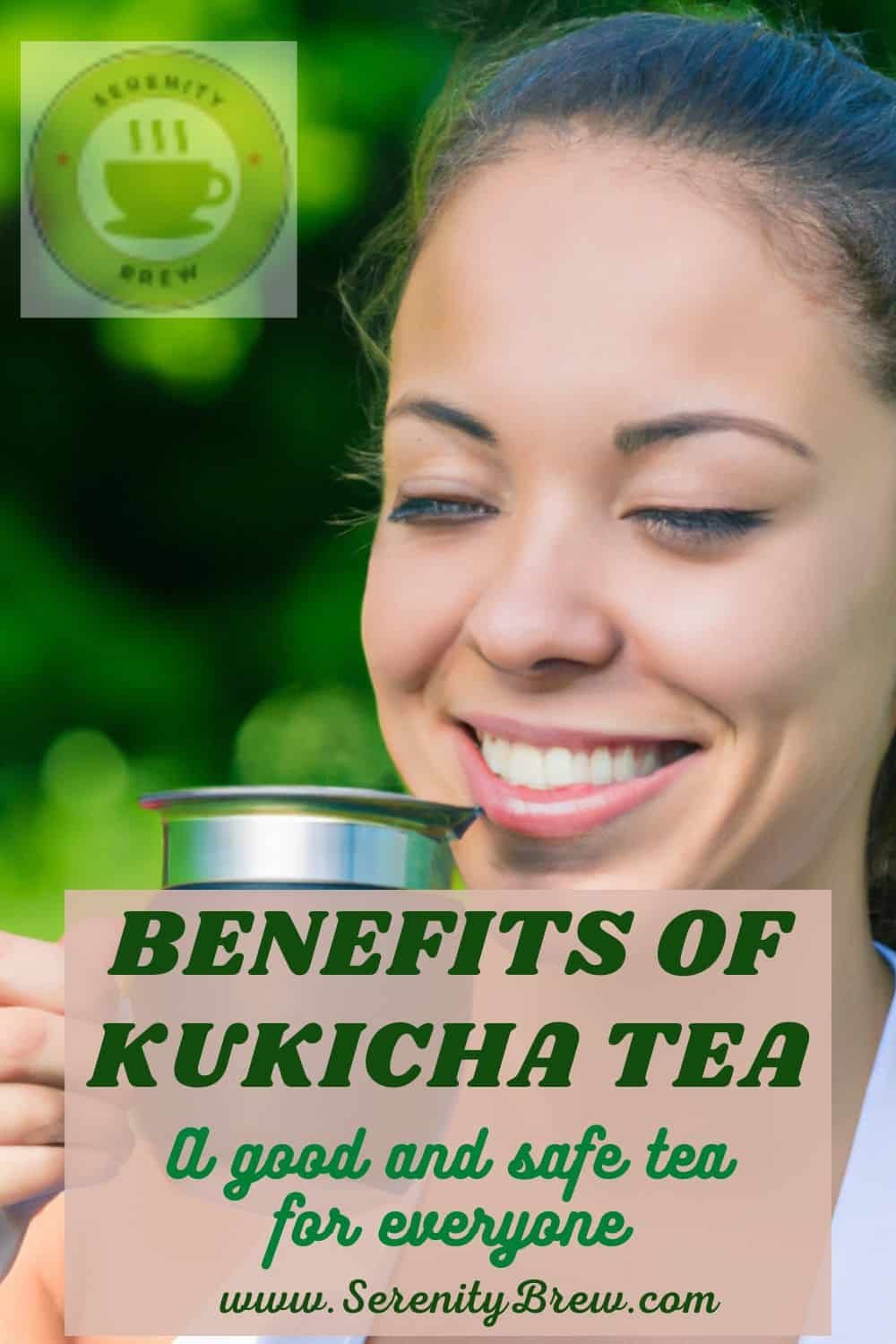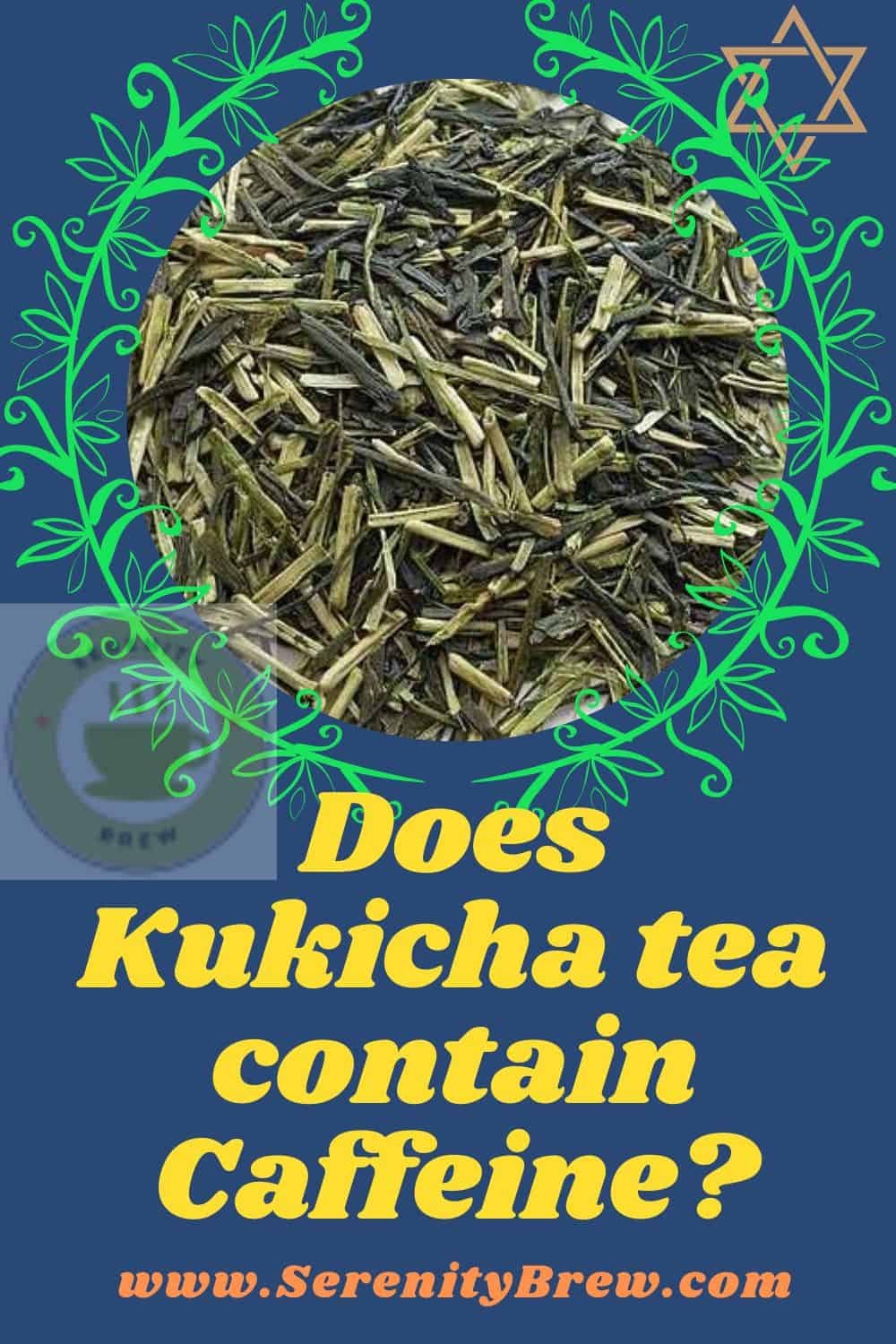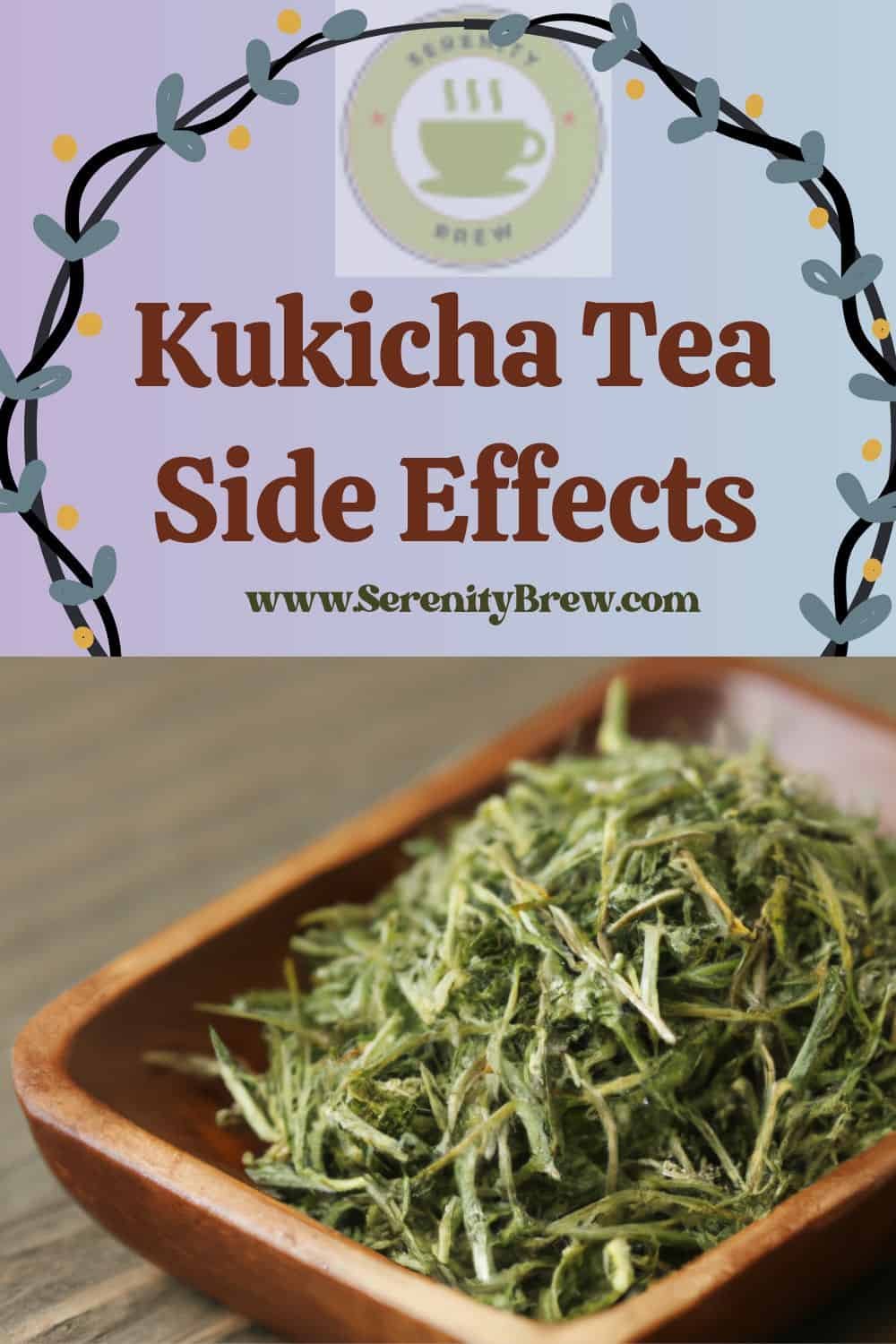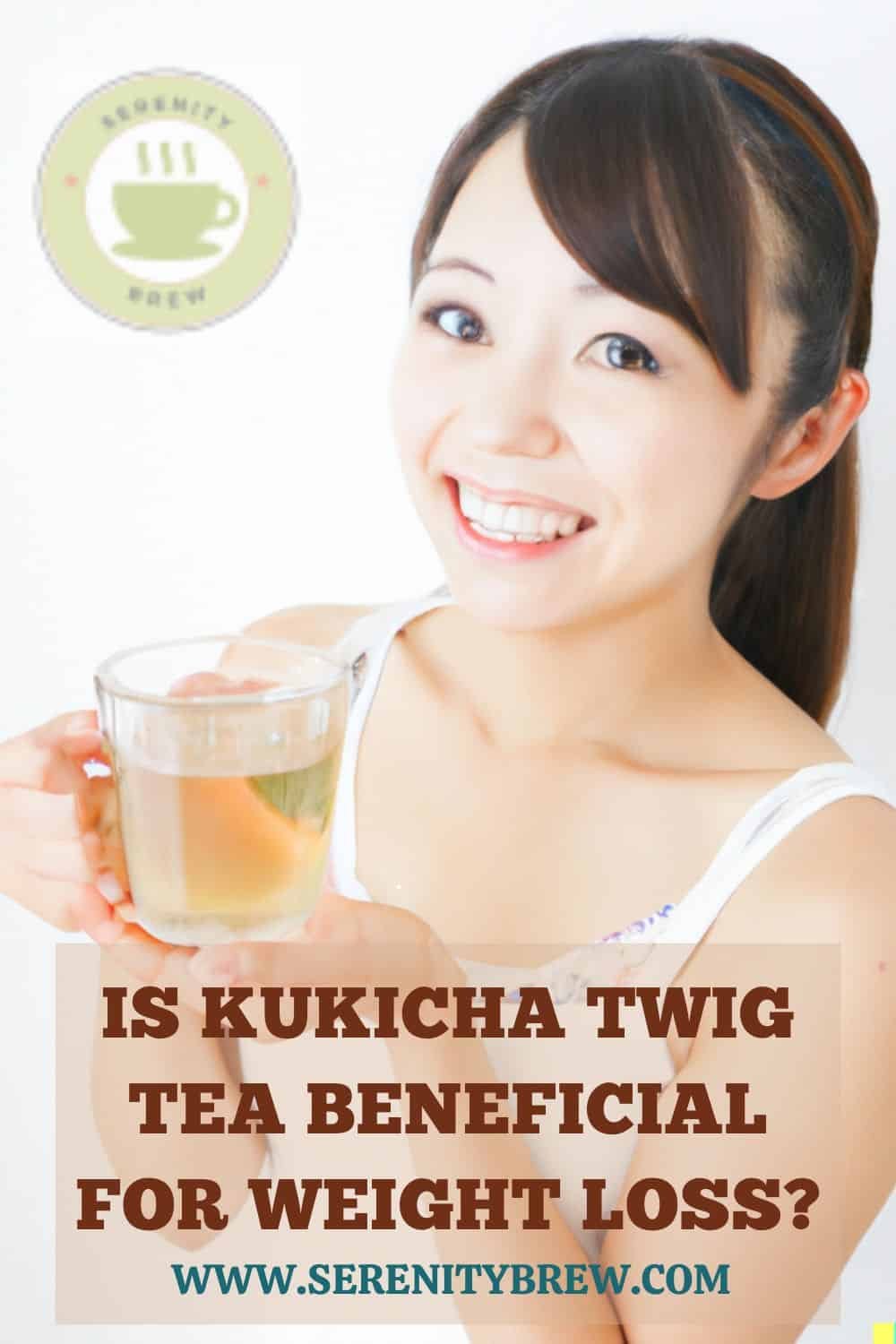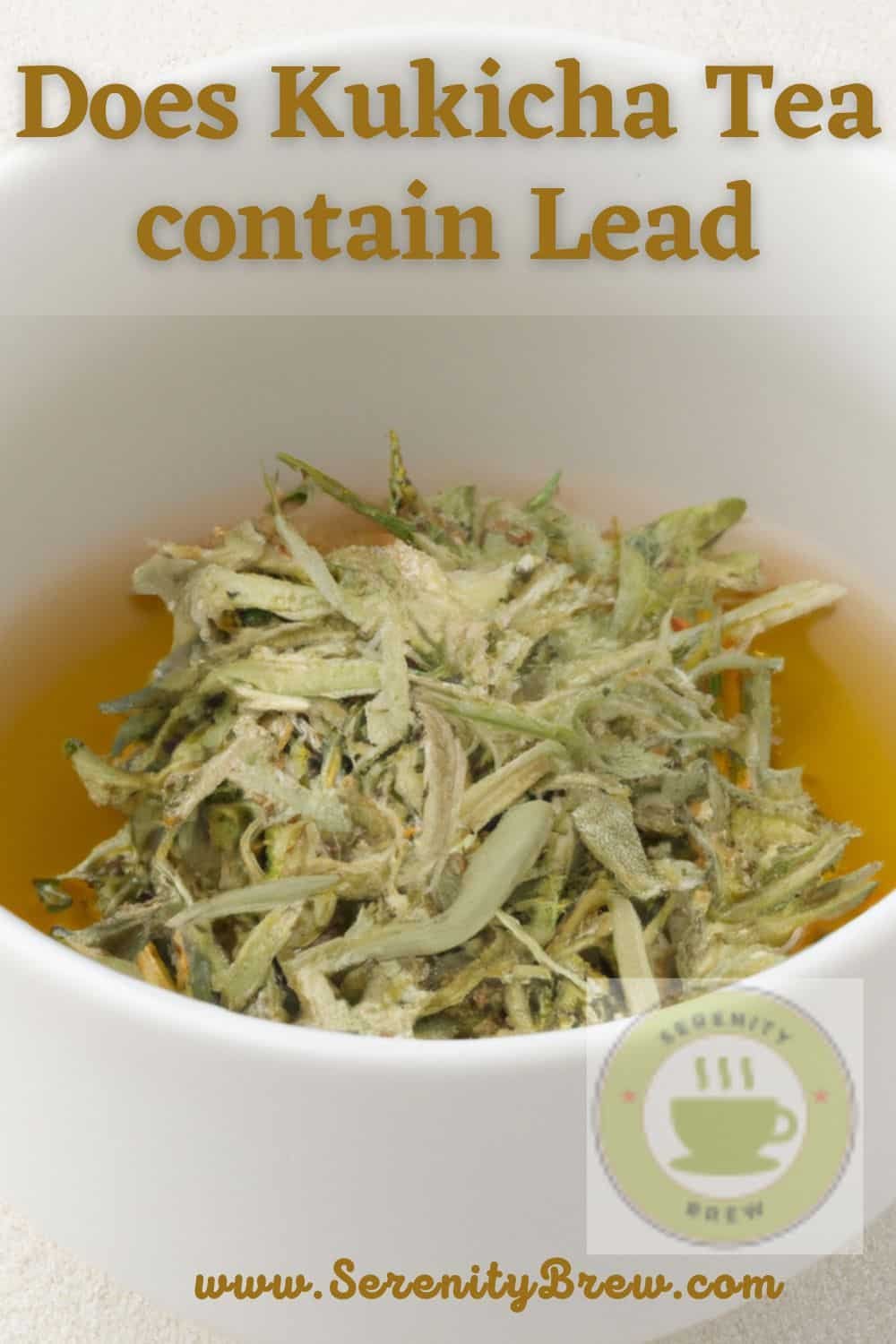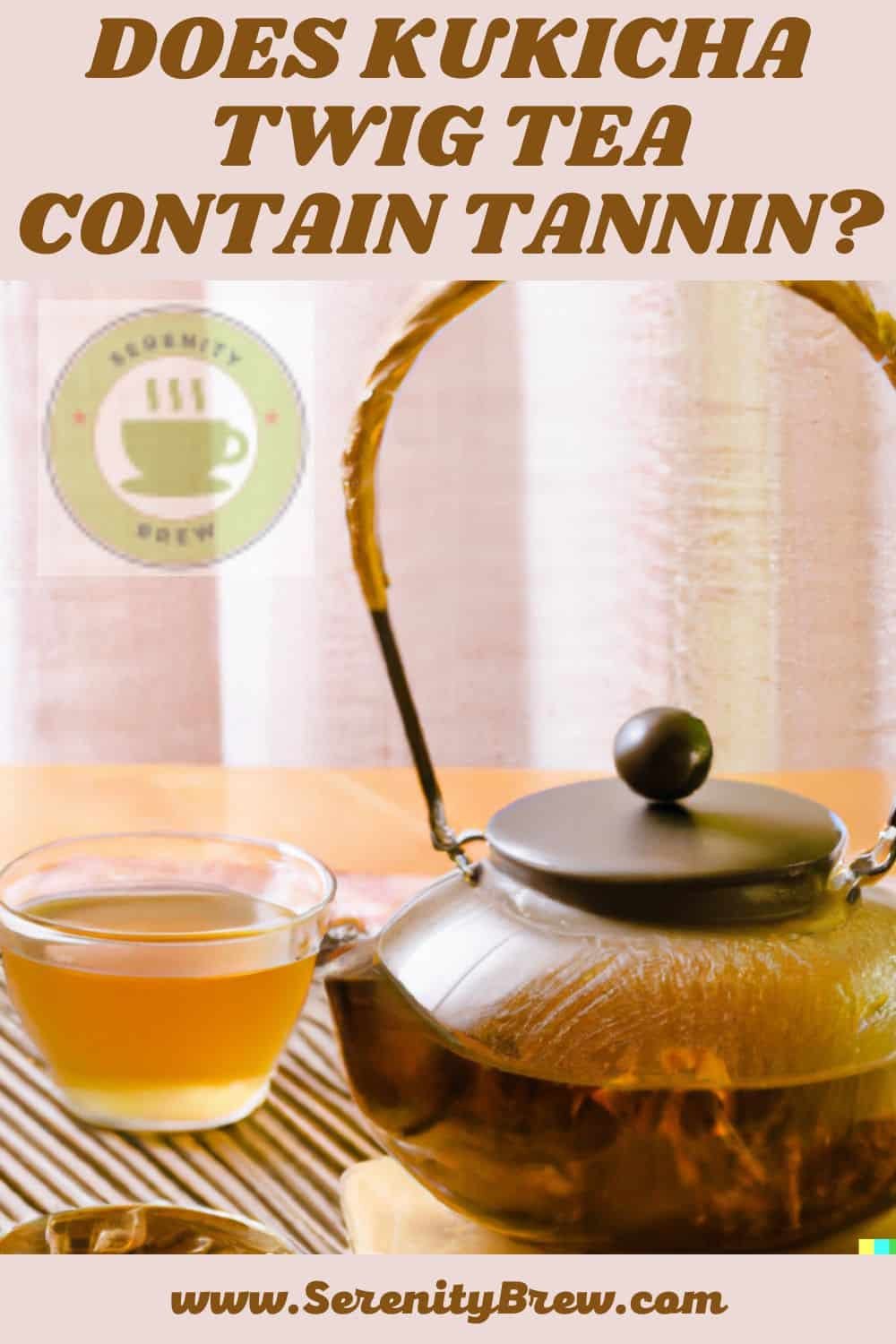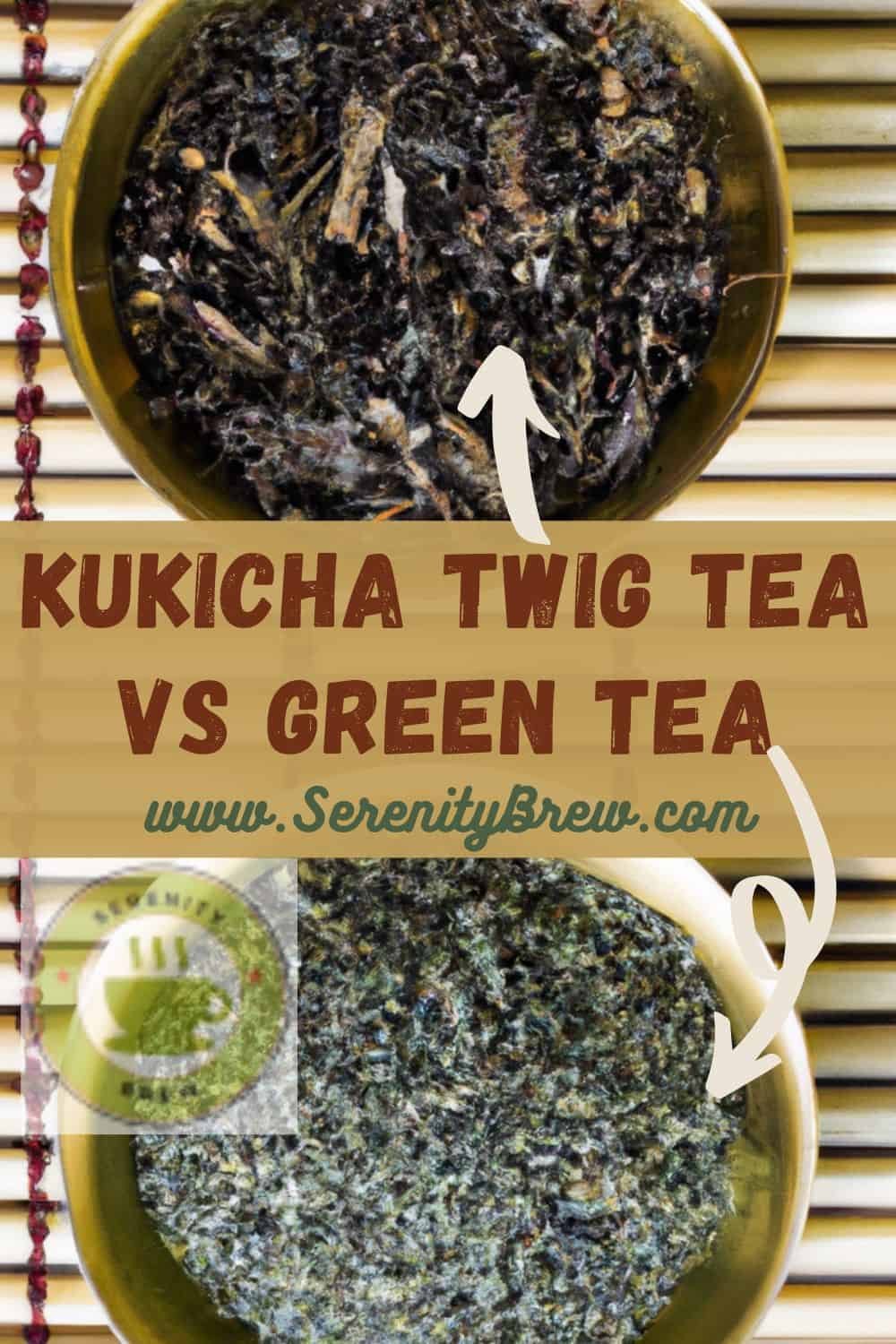Kukicha Twig Tea
benefits, properties, recipe (all you need to know)
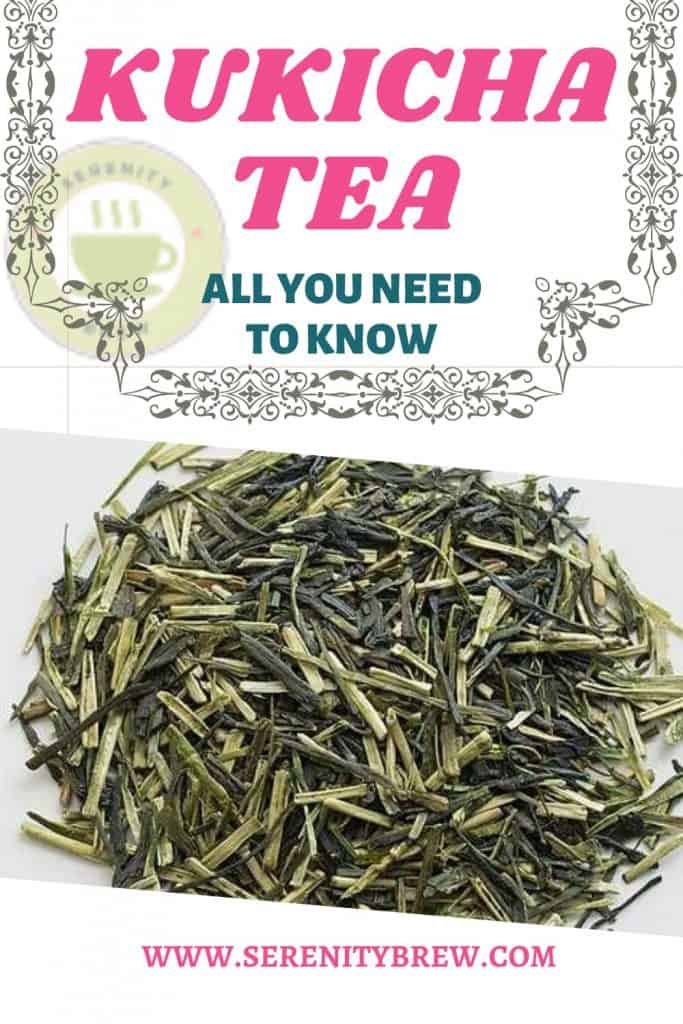
Kukicha Twig Tea
Kukicha tea is one of those “different” teas that have appeared due to the scarcity and high price that tea had in the past.
Many of our clients ask us about kukicha Twig tea and we have realized that there is a lot of confusion about its name, origin, preparation, its properties and whether kukicha has theine or not.
Let’s put a little light on this magnificent tea.
What is kukicha tea?
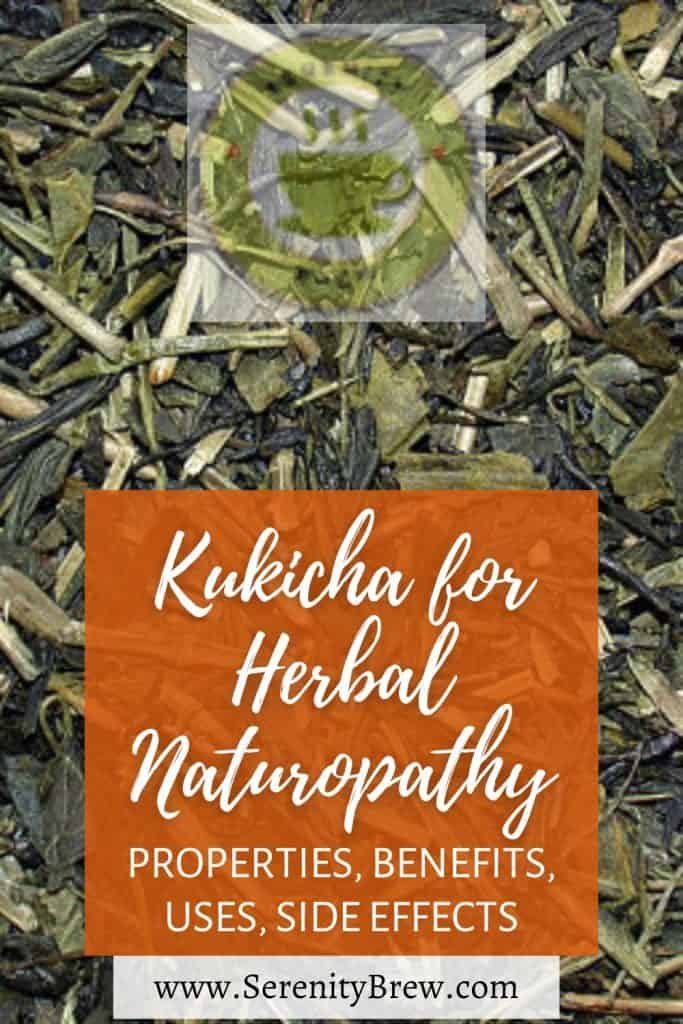
Kukicha twig Tea is a tea of Japanese origin, prepared from the twigs and stems of the Tea plant, Camellia Sinensis.
That is why it is also known as twig tea (which is the meaning of Kukicha) or three-year tea.
Here is the big difference compared to the rest of the green teas, in Kukicha twig tea there is a large proportion of petioles and stems or twigs compared to the lamina or limb content of the rest of the teas.
This proportion of “wood” makes it unique and different in terms of taste, smell, color that you will notice immediately when you try it.
Its properties also make it a different tea since it has a low content of tannin components.
Do you realize how many different teas there are and they all come from a single plant: Camellia Sinensis, but cultivated and processed in different ways give us different teas.
Kukicha tea is a safe choice for pregnant women. As Kukicha tea is soothing and calming, it can be enjoyed at night as well.
Kukicha tea is known by different names such as three-year-old tea, twig tea, Karigane (wild goose), kuki cha (stalk tea), siraore (white fold) or boucha (tea stick). It is also considered to be a good tea for meditation, as it is soothing and grounding.
kukicha Tea Benefits
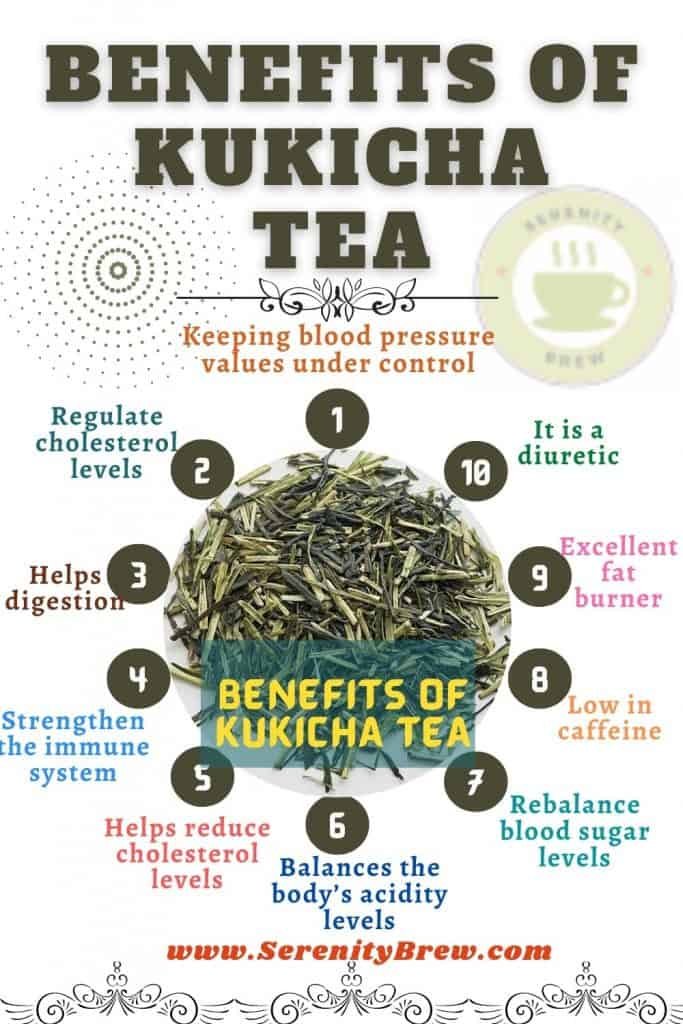
Kukicha tea has a high concentration of petioles and twigs, which makes it a tea with low protein content and low in tannins and mineral salts. Benefits of Kukicha Tea are as follows:
- keeping blood pressure values under control ;
- regulate cholesterol levels ;
- strengthen the immune system ;
- Helps digestion…
- It has beneficial properties for people suffering from bladder infections and heart disease. Kukicha tea promote diuresis, cleanse the kidneys and disinfect the bladder. It is a diuretic that helps us with fluid retention problems.
- Helps reduce cholesterol levels…
- Low in caffeine…
- Excellent fat burner. Kukicha Tea controls body weight as it has thermogenic activity, i.e. fat burning. It is indicated for those who are following a slimming diet;
- alkalize the body through the blood : it balances the body’s acidity levels;
- rebalance blood sugar levels;
- It contains high amount of calcium , thus helping to build bone density…
- Kukicha tea contains 2.5 times more vitamin C than oranges …
- It has antioxidant properties provided by catechins.
- It has reminalizing and alkalinizing properties due to its concentration in mineral salts.
- It is a low theine tea, very suitable for afternoons or for people sensitive to theine.
- Kukicha Tea is considered a good source of Calcium, Zinc, Selenium, Manganese and Fluorine.
- It is also rich in B vitamins, vitamin C and A.
- Like all green teas, it is also rich in Flavonoids and especially in Catechins.
Kukicha is almost completely free of theine , which makes it a drink suitable for everyone, adults, seniors and children and can be taken at any time of the day. Many Japanese use it instead of water when consuming meals, as it promotes digestion . Macrobiotics
also recognizes the effectiveness of its properties, in fact Kukicha was introduced in Europe by the founder himself, George Ohsawa and included in some dietary indications for its prokinetic action at the digestive level.
Make sure to buy a reputed and tested brand of Kukicha tea so that it is not lead contaminated.
What Does Kukicha Twig Tea flavour Taste Like?
Kukicha tea is a type of Japanese green tea made from the twigs, stems, and stalks of the Camellia sinensis plant. It has a unique flavor profile that is described as nutty, vegetal, and slightly sweet. Some people also detect notes of wood or straw. The taste is generally considered to be milder and less astringent than other types of green tea, such as sencha or gyokuro.
It’s good for multiple infusions, as the flavor profile can change and evolve with each infusion, revealing different nuances and subtleties. It can be enjoyed hot or cold foods, and is often paired with savory or sweet foods. Some people also use it in cooking, to add a subtle, nutty flavor to dishes.
The twigs and stems are usually harvested in the fall, after the leaves have been picked, and are then dried and roasted to create the unique flavor profile of Kukicha tea. The twigs and stems contain less chlorophyll than the leaves, which results in a less green color and a milder taste.
Does Kukicha have theine?
Like all teas, it contains theine, an alkaloid that is produced in the roots of plants and accumulates in the leaves. However, its level is lower than the rest of the green teas since its composition is dominated by petioles and stems that barely accumulate theine.
As it hardly has caffeine and, on the other hand, is very rich in minerals and vitamins, it is very suitable for children, the elderly and the sick. It can also be drunk during the day, cold or hot, because not only will we hydrate with the water, but we will also benefit from its nutrients.
Why is “Kukicha Green Tea” so beneficial for our skin?
The main reason why this Tea is the perfect ally for the health of our skin is that “Kukicha Green Tea” fights very efficiently against “free radicals” that are very harmful to our skin and our health organism.
How does Kukicha Green Tea fight against harmful free radicals?
Kukicha Green Tea is very rich in antioxidants called “polyphenols” or “catechins” that:
They reduce the harmful effect of free radicals, before they can damage our skin….
They keep our body healthy…
And they give our skin a younger look.
Many studies show that thanks to this concentration of antioxidants, “Kukicha Green Tea” provides our skin with the following “Benefits”:
Reduces the damage that the sun causes on our skin…
Reduces the signs of the aging process …
Moisturizes and nourishes our skin…
Helps skin healing …
Helps protect the skin against acne, psoriasis and skin rashes…
Rejuvenates and refreshes our skin…
And it helps the recovery of damaged skin.
How to prepare Kukicha tea?
For an optimal result, use about 4 grams per cup in mineral water at about 70 and 80 °C . For the green varieties, it is infused for less than 1 minute (if it is cooked longer, or at a higher temperature, a bitter infusion is obtained, as with all green teas).
Kukicha has a mild nutty flavor and is slightly sweet and creamy .
It is common to make three or four infusions with the same threads, the following durations being recommended: 40 s. for the first infusion, 15 for the second and 30 for the third.
If you prepare it in a teapot, we recommend that you pre-heat the teapot and the cups and serve the cups alternately. Don’t pour all the tea into one cup and then the other because the second cup will be more concentrated than the first.
For roasted kukicha or hoji-kukicha the most common preparation time seems to be 5 minutes. But we have heard of some people leaving it for 10 minutes. As with all teas, it’s a matter of personal taste.
Properties of Kukicha tea
Kukicha tea, like all green teas, does not undergo fermentation process: this allows to keep all its properties unaltered, since the contained principles are not modified.
Kukicha contains:
> polyphenols : with antioxidant and purifying properties, which promote the well-being of the organism and counteract free radicals, which are responsible for cellular aging.
In particular, the catechins contained in tea regulate metabolism, stimulate thermogenesis, favoring the control of fat accumulation, assist in diuresis, support cardiovascular well-being.
> mineral salts and vitamins : calcium, iron , manganese , copper , selenium , zinc , vitamin A, B1, B2, C, for bone density, invigorate hair and nails, support the immune system.
Conclusions
Kukicha tea, also called branch tea or three-year tea, is a unique Japanese green tea due to its high content of petioles and twigs as a result of being a by-product of Matcha tea.
Due to this high wood content, it has a very characteristic flavor and properties that are different from other teas because it is more alkaline and has less protein.
Its remineralizing, alkalizing effects, its low level of theine and high level of catechins make it a very healthy tea and very suitable for skin care.
Its preparation is very simple, it is enough to infuse for less than a minute about 4 grams of strand at 70ºC to obtain an incredible cup of a green infusion with a mild nutty flavor and slightly sweet and creamy.
Without a doubt you should take it or at least know it.
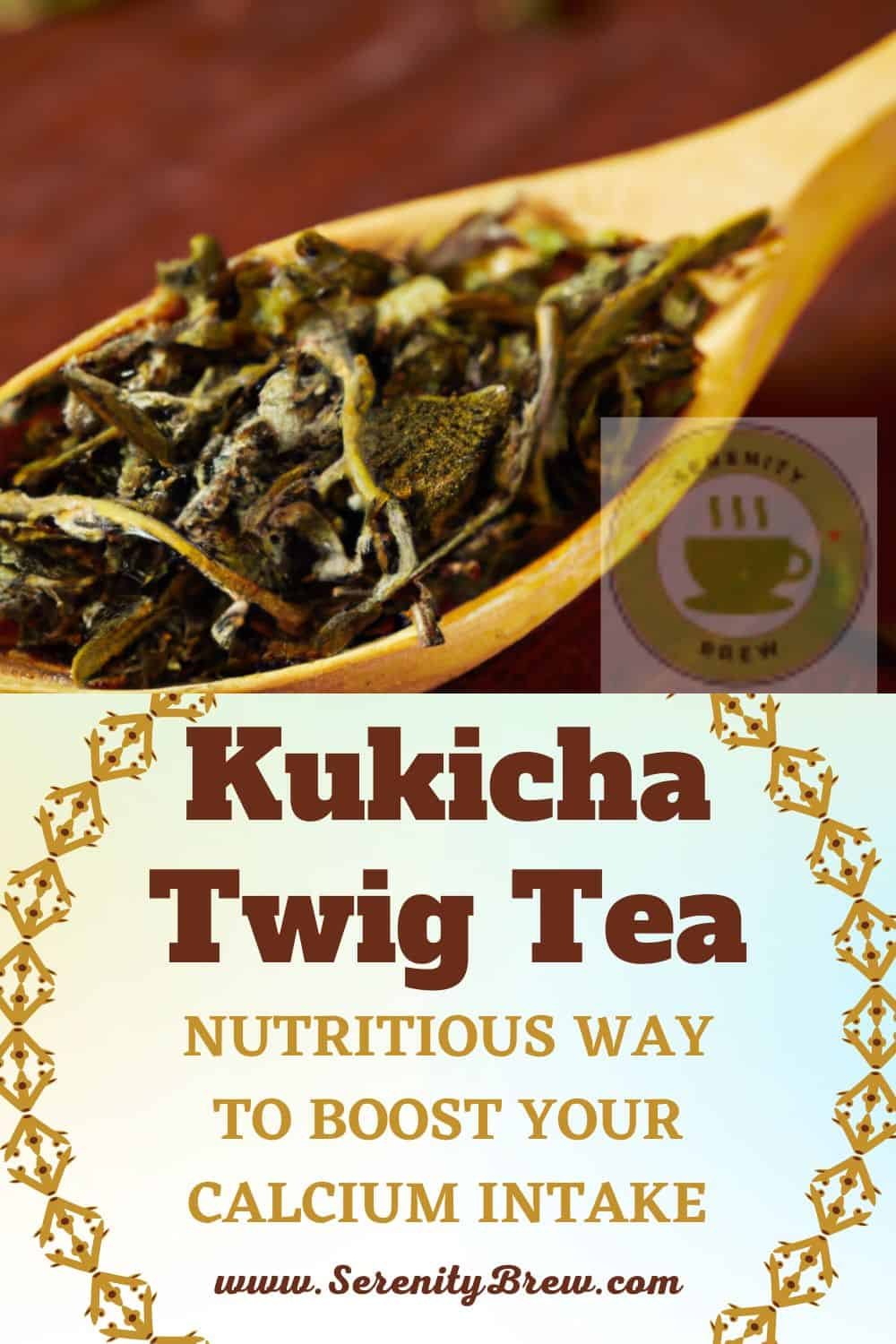 |  |
| Kukicha Twig Tea: nutritious way to boost your Calcium intake | Kukicha Twig Tea: A Safe and Nutritious Choice for Pregnant Women |

